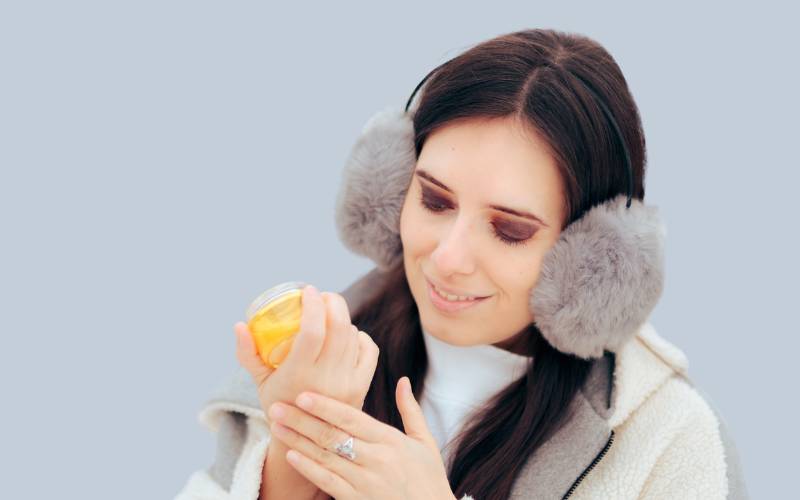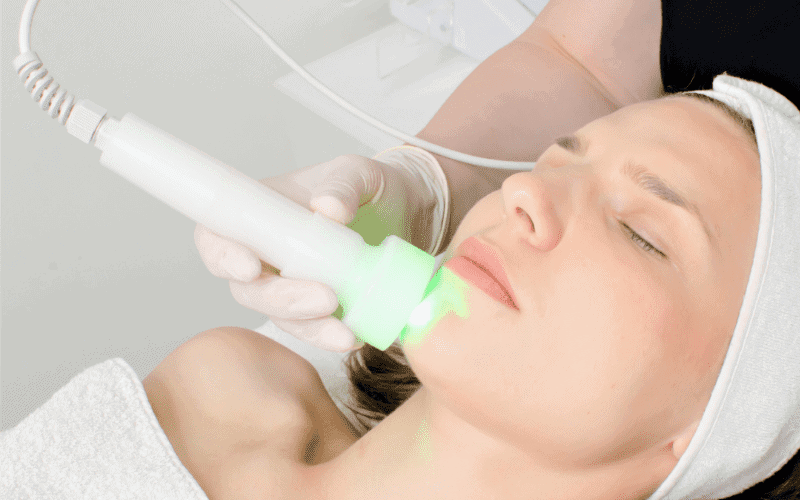Surgical removal is one of the most common methods for dealing with moles and non-melanoma skin cancer. In most cases all you will need after the growth has been removed are a couple of stitches to help your skin close, but sometimes it takes a little more effort to help your skin heal after surgery. If you need to have a large area of skin removed it might not be possible to close the surgical wound just with stitches. Your dermatologist at the London clinic might recommend that you have a skin graft to help the wound to heal.
How a Skin Graft Works
During a skin graft, skin is moved from one part of your body to another. The skin is usually taken from a less conspicuous part of your body, such as your buttock or upper arm. The skin will be placed over the surgical wound where the mole or growth was removed. It will be held in place with stitches while it grows into place. It should be able to connect with the local blood supply and heal into place. You will usually have some scarring, both at the donor site and at the graft site, but the skin graft will help the grafted area to heal better. The grafted area may still look a little bit different to the surrounding skin for a while. Your dermatologist will explain exactly what to expect before you have the surgery at the London clinic.
Another options that your dermatologist might recommend is using a skin flap to cover the removal site. In this procedure, a small flap of skin will be taken from the area next to the surgical wound without severing it’s connection to the blood supply completely. It will be moved to cover the wound and held in place with stitches. Skin flap surgery will usually need to be carried out by a plastic surgeon in London, rather than your dermatologist.

